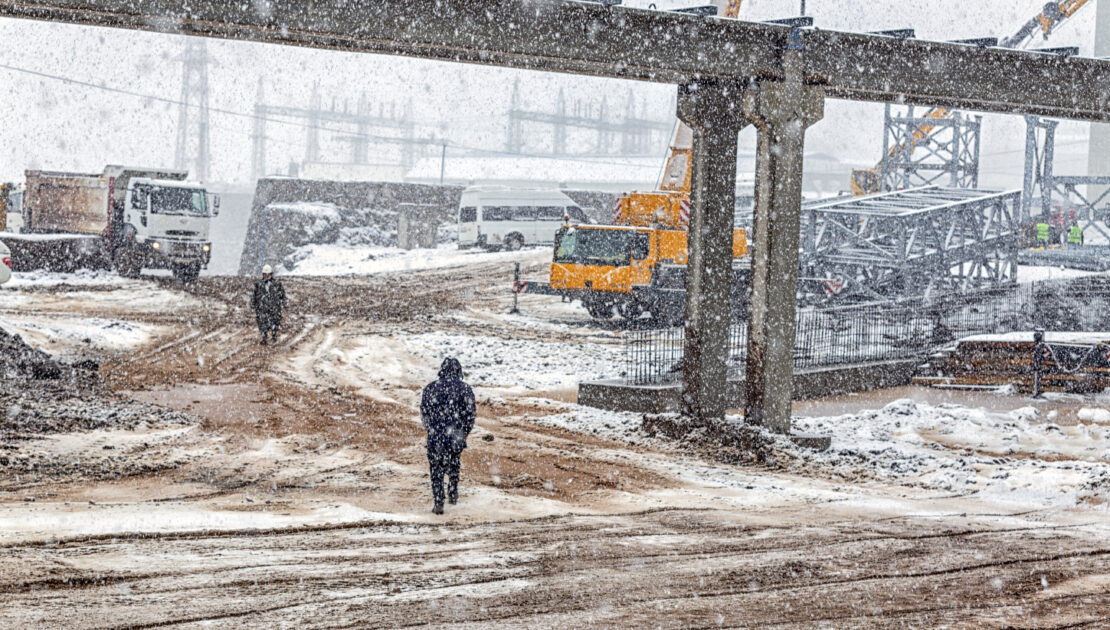Working Safely in Cold Weather

Workers exposed to cold conditions are at risk of hypothermia, frostbite, dehydration and muscle injuries. To prevent injuries and illness while working in winter weather, it’s crucial to understand safety considerations related to cold exposure.
Signs of Cold-related Injury and Illness
If you or a co-worker have any of the following symptoms, get indoors and alert your supervisor or call for medical attention if they do not subside:
- Uncontrollable shivering
- Slurred speech
- Clumsy movements
- Fatigue
- Confused behavior
- White or grayish-yellow area(s) of the skin
- Skin that feels “waxy”
- Numbness
It’s important to note that many people suffering from the warning signs of frostbite do not notice because the tissue is numb. Therefore, it is wise for you to check on yourself and your co-workers periodically.
Safety Considerations
To reduce the risk of cold-induced injuries and illnesses:
- Layer clothing to keep warm enough to be safe but cool enough to avoid perspiring excessively.
- Wear a hat. Almost 40% of your body heat escapes from your head.
- Place heat packets in gloves, vests, boots and hats.
- For more safety precautions, speak with your supervisor.
Avoiding Winter Slips and Falls
Winter months present additional hazards that employees like you typically don’t encounter during warmer weather. Specifically, you may risk experiencing major slips or falls amid snowy and icy conditions, which could lead to serious injuries.
Consider the following recommendations to prevent slip and fall incidents this winter:
- Wear shoes that provide traction on snow and ice. Footwear should be made of slip-resistant materials (e.g., rubber or steel). Avoid plastic and leather-soled shoes or boots.
- Exercise caution when entering and exiting vehicles. Use them for balance and support.
- Walk only in designated areas that are safe for foot traffic. Look ahead to the path in front of you to identify possible hazards.
- Avoid inclines that are typically difficult to walk up or down. They may be more treacherous in winter conditions.
- Take small steps to maintain your center of balance, and walk slowly—never run. Despite the cold temperatures, keep your hands out of your pockets to help you maintain your balance and allow you to break a fall should you slip.
- Use handrails, walls or anything stationary to assist in steadying your feet. Test a potentially slippery area before stepping on it by tapping your foot on the surface first. Steer clear of roof edges, floor openings and other drop-offs to further avoid slipping hazards.
- Dry your shoes or boots on floor mats when entering a building to remove excess moisture. This can improve traction.
- Report any slip and fall hazards you detect on the job immediately. This can prevent future injuries from occurring.
Talk to your supervisor for more information on staying safe at work during winter weather.
Article Published By: Zywave, Inc.
